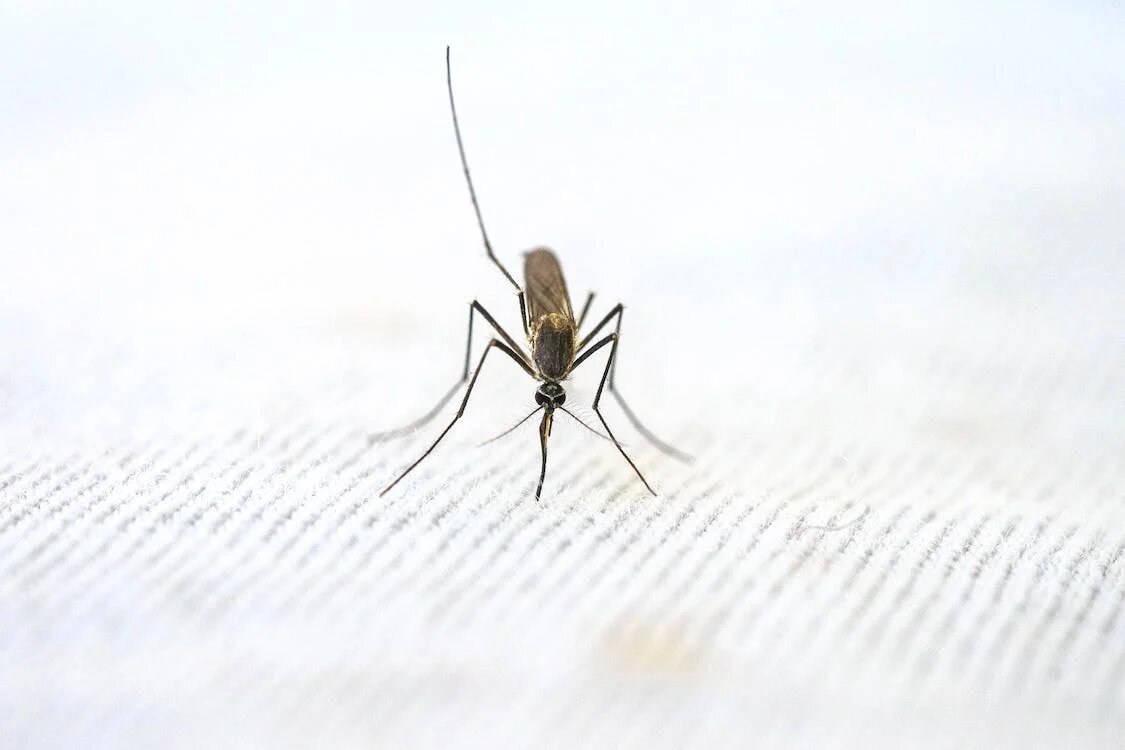Trends: Rise of budget bites as snacks take over lunch hours

As the cost of living soars amid a tightening economy, Kenya’s youth are breaking away from the classic French fries lunch and leaning into more affordable, on-the-go options that better match their financial reality.
Snacks like Rolex, noodles, cereals, and Smochas—a wrap stuffed with sausage and kachumbari—are now front and centre as the go-to lunch picks, especially among campus students and Gen Z professionals navigating tight budgets and busy schedules.
These meals not only offer affordability but also align with the fast-paced lifestyle of today’s young generation. The growing popularity has fuelled a rise in “Kadogo economy” products—small portion snacks that suit both budget and appetite.
Aleo Njeri, a third-year university student, shared with Business Wikendi that while she initially turned to Smochas due to peer influence and trends on social media, she found them to be genuinely satisfying.
“I used to eat Smochas all the time in school—they’re cheap and convenient. But lately, I’m being more mindful about health and I prefer a more balanced meal, so I’ve switched to affordable cafeteria food,” she said.
Still, the ease of grabbing a Smocha—no cutlery required and perfect for on-the-go munching—makes them hard to completely give up. And it’s not just young women gravitating towards these snacks.
Waine Ochieng, a second-year college student, noted that with a packed schedule juggling school, design gigs, and photography, these quick bites are a practical solution.
“If I’m not in class, I’m working. I barely have time to sit down for a full meal. These snacks are fast, filling, and I can even eat them while commuting,” he said.
In the corporate world, young women—often dubbed “corporate baddies” for their bold and confident personas—also swear by these snacks. Cynthia Atuo, who works for a Nairobi-based firm, said the nature of her job often doesn’t allow for full lunch breaks, making Smochas and noodles a lifesaver.
“They’re light, easily available, and way cheaper than café meals. If I’m rushing, I grab a Smocha—it’s protein, so still a win nutritionally,” she said.
This demand has opened up opportunities for entrepreneurs. Hassan Ibrahim, a Smocha vendor based on Moi Avenue in Nairobi’s CBD, has seen his fortunes grow over the past few years. Initially selling only sausages, kebabs, and eggs, he expanded his offerings as demand increased—particularly among Gen Z and young professionals.
“I’m in a prime spot, and I get different clients daily. Morning is steady, but noon to 3 pm is peak time, and then again in the evening,” Ibrahim said. While he declined to share exact earnings, he revealed he’s now able to pay his bills and has even started a poultry project to supply eggs for his business.
“Due to the fluctuating egg prices, I invested in broiler chickens. They help supply my stall, and the business has really been a breakthrough,” he said.
He credits the youth for his steady income and even revealed how the success of his vending business helped him launch a poultry project on the side.
His day kicks off early and sees constant foot traffic, especially around lunchtime and just before sunset. “I receive a significant number of clients almost throughout the day, because I have those who buy in the morning, but most of them buy from around noon all the way to 3:00 pm. Then the demand peaks again in the evening as the day ends.”
Nancy Wangoi, another vendor along Tom Mboya Street, echoed the sentiment.
“People buy what they need. There’s so much activity where I operate, and Smocha is in high demand. Profits are decent—the business is doing well,” she said.
Behind the rise of these simple snacks is a broader story about urban youth culture in Kenya. It’s about practicality, but also about identity. These meals are not only filling stomachs—they’re creating a community.
From TikTok food challenges to lunchtime vlogs, Kenya’s young people are documenting, celebrating, and shaping this new food movement in real-time.
Influencers and content creators have helped elevate the appeal of snacks like Smochas and Rolex. What was once considered “common food” now enjoys a kind of street prestige. Sharing a perfectly wrapped Smocha with dripping kachumbari sauce has become almost symbolic—of a lifestyle that balances hustle, flavor, and flair.
However, health professionals are raising concerns about the long-term effects of relying on these quick snacks. Kepha Nyanumba, a Consultant Nutritionist at Crystal Health Consultants Ltd, warned that such diets, often high in calories but low in essential nutrients, could lead to serious health issues.
“Frequent consumption of junk food increases risks of obesity, hypertension, diabetes, and high cholesterol. These foods lack key nutrients and can harm academic or work performance in the long run,” he noted.
Nyanumba recommends healthier yet still affordable alternatives like fruit, egg or vegetable sandwiches, roasted peanuts, yogurt, or even packing lunch.
“The youth in school and corporate spaces should consider meal prepping or carrying packed food as a healthier and still economical choice,” he advised.













